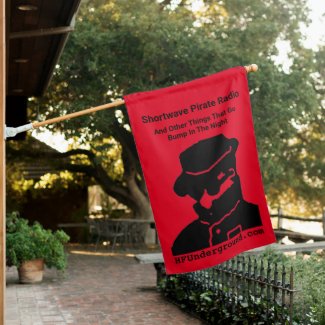The Woodpecker also moved around in frequency, just not as fast as some of todays OTHRS might. And the Woodpecker used multiple frequencies in sets, as many of todays radars do. A big difference is that the Woodpecker was a pulsed radar, that is one of the reasons it seemed so wide.
Some radars are more continuous, sometimes setting on one frequency for hours at a time. For example, the Chinese OTH-B radars, the French Nostrodamus, the Russian 29B6, and the British PLUTO, all might set on a freq for hours at a time. By the same token, all of those radars can, when needed, change frequency, and sometimes might do it in minutes.
OTHRs changing frequency is part of how they control what portion of the Earths surface they are illuminating. Think of it this way, OTHR antennas typically can steer the beam in Azimuth, but not in Elevation. So they can point the beam in the direction they want, but to control where on the Earth it is going to "come down" they must control the takeoff angle, and so the angle of reflection off the ionosphere. You could build an antenna that could control elevation, that is not problem technically, but that by itself would not do you much good, the ionosphere must also be reflective at that angle. Instead of building an array that steers in elevation if you just pick the frequency that currently reflects off the right altitude of ionosphere to give you the angle you want you can still achieve the same thing, in a more simple antenna design.
So that accounts for OTHRs gross frequency steps (think of this like bands), but not the small frequency steps around the same band segments (specific frequencies within the bands).
The small bursts and frequency steps serve a few different purposes. For example, jumping around like that might make you less susceptible to interference. Setting on one frequency if there is any interference in your bandpass it hits you all the time, jumping around it only hits you part of the time and you can integrate it out. Another issue is that a specific pulse repetition interval and a specific frequency will have a specific set of "blind speeds" and ranges. Jumping around in frequency and PRI will eliminate those blind speeds and ranges.
ANd of course there are other factors, but that is a 101 level partial introduction to why they hop and move.
T!



